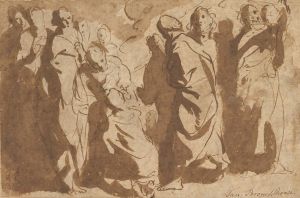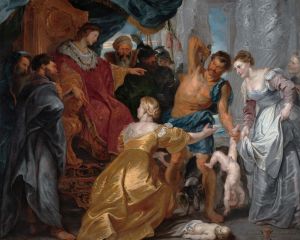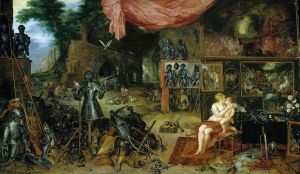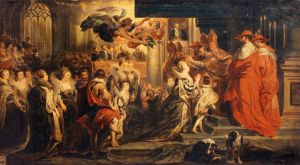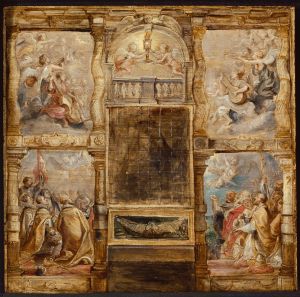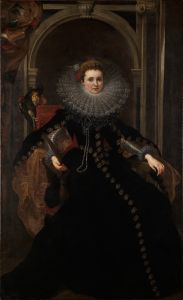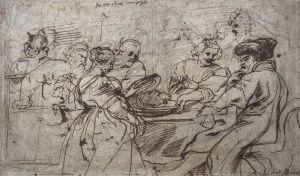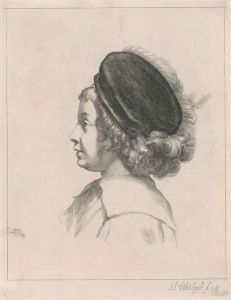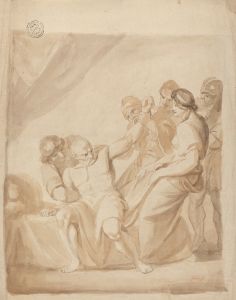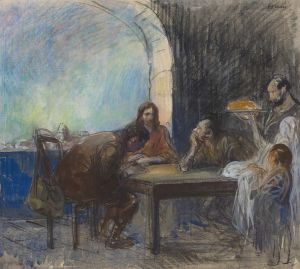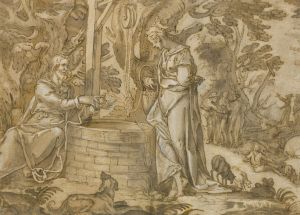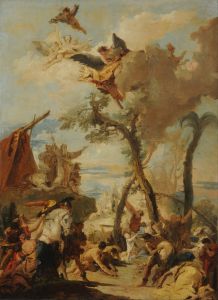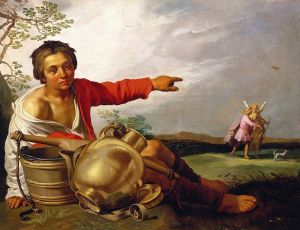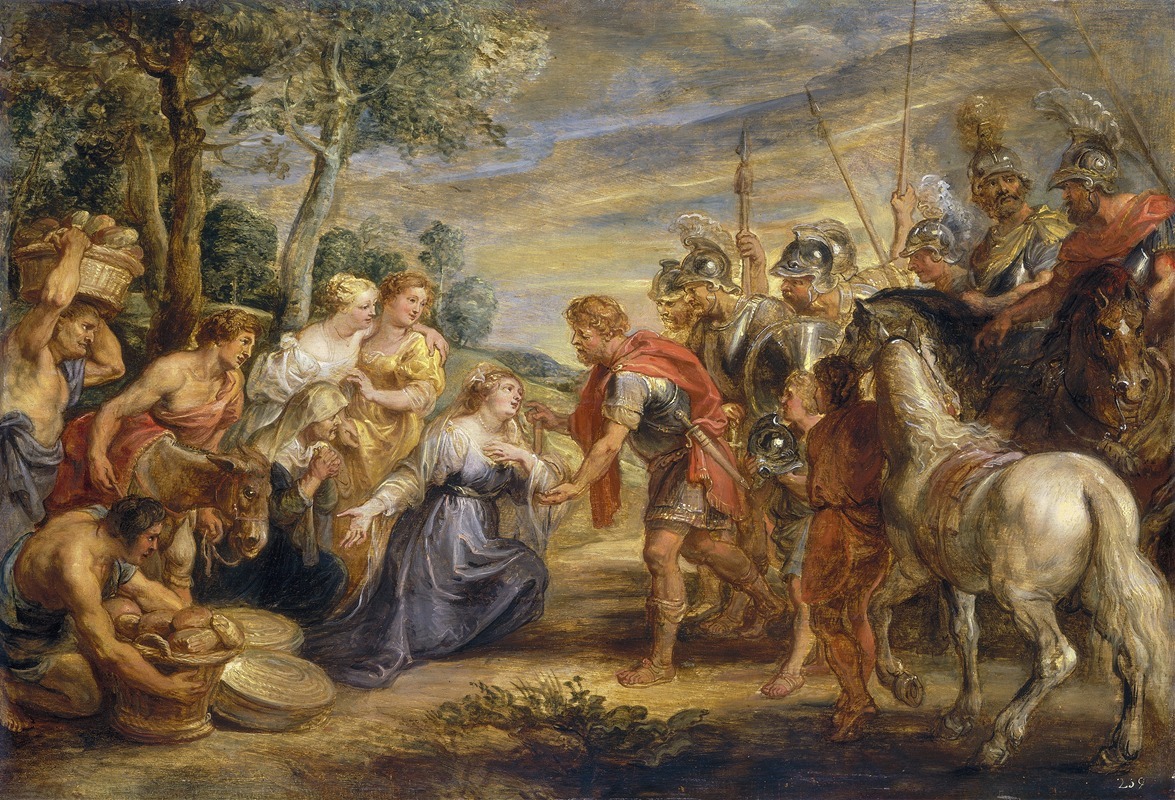
The Meeting of David and Abigail
A hand-painted replica of Peter Paul Rubens’s masterpiece The Meeting of David and Abigail, meticulously crafted by professional artists to capture the true essence of the original. Each piece is created with museum-quality canvas and rare mineral pigments, carefully painted by experienced artists with delicate brushstrokes and rich, layered colors to perfectly recreate the texture of the original artwork. Unlike machine-printed reproductions, this hand-painted version brings the painting to life, infused with the artist’s emotions and skill in every stroke. Whether for personal collection or home decoration, it instantly elevates the artistic atmosphere of any space.
"The Meeting of David and Abigail" is a painting by the Flemish Baroque artist Peter Paul Rubens, created around 1630. This work is an exemplary representation of Rubens' mastery in depicting dramatic biblical scenes with emotional intensity and dynamic composition.
The painting illustrates a story from the Old Testament, specifically from the First Book of Samuel, chapter 25. The narrative centers on the encounter between David, who would later become the King of Israel, and Abigail, the wife of Nabal. In the biblical account, David is on his way to exact vengeance on Nabal for his refusal to provide provisions to David and his men. Abigail, aware of the impending danger, intercepts David with gifts of food and pleads for mercy, successfully persuading him to refrain from violence.
Rubens captures this pivotal moment with his characteristic vigor and attention to detail. David is depicted in the center of the composition, dressed in armor and a red cloak, symbolizing his warrior status and impending kingship. His expression is one of contemplation and restraint, indicating his internal struggle and eventual decision to heed Abigail's plea.
Abigail is portrayed with grace and humility, kneeling before David with outstretched arms, offering her gifts. Her attire is rich and elaborate, reflecting her status and the wealth of her household. The emotional intensity of the scene is heightened by the dramatic gestures and expressions of the surrounding figures, who are caught in various states of surprise and concern.
The background of the painting features a landscape that adds depth and context to the scene, with David's men and Abigail's servants contributing to the narrative's tension and resolution. Rubens' use of light and shadow enhances the three-dimensionality of the figures and the overall dynamism of the composition.
"The Meeting of David and Abigail" is notable for its vivid color palette and the fluidity of Rubens' brushwork, which bring the biblical story to life. The painting exemplifies the Baroque style's emphasis on movement, emotion, and theatricality, characteristics that Rubens excelled in throughout his career.
This work is housed in the collection of the Musée du Louvre in Paris, where it continues to be admired for its artistic brilliance and historical significance. Rubens' ability to convey complex narratives through his art has cemented his reputation as one of the foremost painters of the Baroque period.





